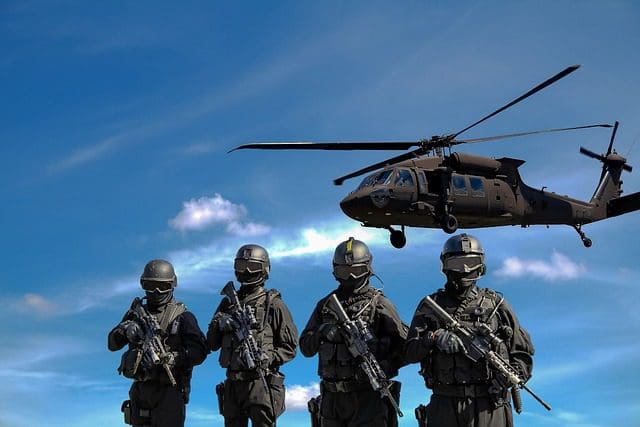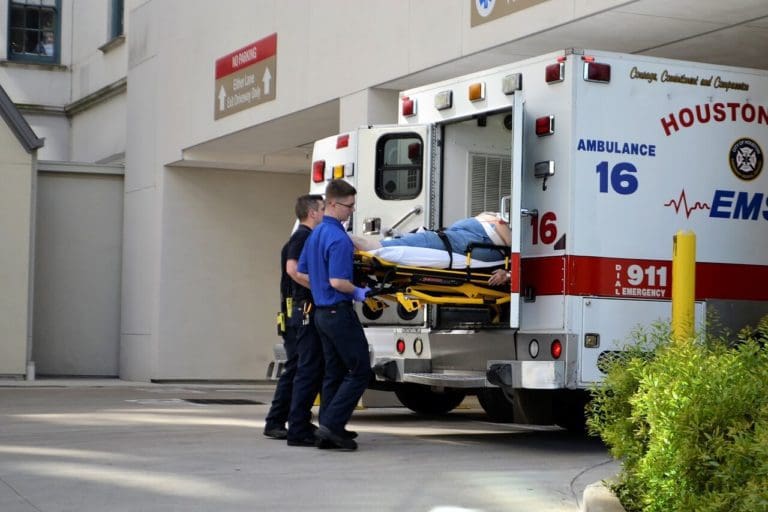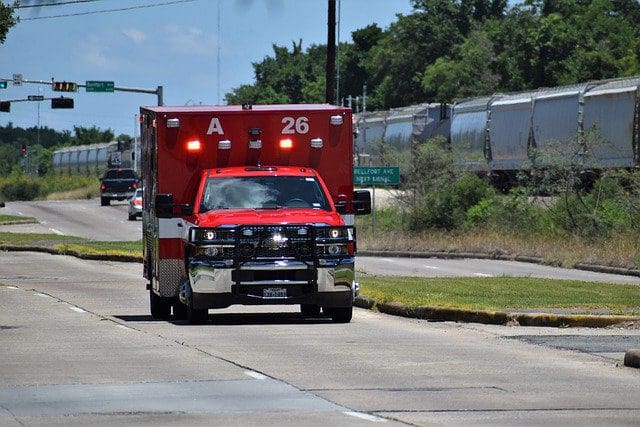Best Anatomy & Physiology Courses for EMTs & Paramedics
In today’s fire service, we are no longer tasked with just knowing how to fight fire, but also how to contain hazardous material spills, vehicle extrication, trench rescues & many more odd types of rescues, but one of the biggest functions we do in the fire service is providing emergency medical services to the public.
Knowing this, any level provider in the EMS world needs and should know their human anatomy and physiology just as well if not better than fighting fire itself.
Why do you ask?
Because about 80% of all the calls that any department runs are medical-related. I recently went in on this article about the necessary and required knowledge that paramedics need to have in order to be successful in their positions.
So I want to review some anatomy and physiology courses, but before we do that, we need to establish what makes a great anatomy course.
They should be :
- Video-based
- Comprehensive
- Offer printouts/handouts to follow along
- Testing your knowledge
We’ll review the following programs:
The Paramedic Coach
Human Anatomy course by Dr. James Ross
Bootcamp Anatomy & Physiology course
Video-Based
The reason video-based courses tend to work really well is that it can be difficult to follow along and remain engaged when studying from a textbook. I personally like anatomy & physiology when it comes to learning more about a disease or condition I have personally witnessed other people go through, or if I have run across it during EMS calls, and did not know how it worked.
Reading it from a textbook is one thing, but when you are watching a video, and they are able to connect one idea and show how it relates to another, then it all makes much more sense.
I’ll give you an example.
A patient with an extremely fast heart rate is unable to bring his/her own heart rate down, even if they are sitting still or laying down. A medication called Diltiazem (better known as Cardizem) is a “calcium channel blocker”.
This already sounds like I’m speaking another language to most people. But this is where knowing your Anatomy & physiology play a huge role. This medication affects the patient down to the cellular level.
Blocking the calcium ion (calcium channel blocker) causes a slowdown in the heart’s electrical activity (which signals the heart muscle when to contract), causing the patient’s heart rate to slow down. Pretty cool right?
Comprehensive
The next important thing the course needs to be is in-depth. Just like the example I gave before, it needs to be pretty detailed, at the same time easy to follow.
If the program is unable to help you connect the dots or tie everything together for you, you may have a hard time learning all of this and staying motivated to learn it.
Print-outs/Hand-outs
Another very helpful feature of very good Anatomy & Physiology courses are print outs or handouts. Some people learn much more effectively when they are able to physically hold some paper and write on it.
This does however solidify the information you just learned when you write it down, even if you already know it.
Testing Your Knowledge
The course should also test your knowledge. What good is a course, if it cannot test what you’ve learned, that way you can discover your knowledge gaps.
Anyway, let’s review some of my personal favorite A&P courses applicable to EMS.
Paramedic Coach
Evan Vericker (The paramedic coach) has some of the best EMS videos that prepare you both for EMT, AEMT & Paramedic school. The youtube videos are extremely helpful. This man breaks things down for you to the level of an aspiring EMT, all the way to complicated paramedic subjects. Evan covers the Anatomy and physiology of every organ system, medication mastery of just about every medication available to EMS, as well as commonly prescribed medications.
I cannot tell you how many times those medication videos alone have helped me out. For example, I once responded to a patient that fell and possibly injured or even broke her hip. I asked the patient if she takes any blood thinners. If you are not aware, blood thinners such as aspirin, inhibit the blood’s ability to clot. The patient responded with, “No, but my doctor prescribed me Plavix which I am supposed to take every day”. Knowing this information that I learned from Evan’s videos.
Wait there’s more! The paramedic coach has a course where he has all of this information organized wherever you are in your EMS journey. Let me show you guys a screenshot of what the member’s area of his program looks like.

Each of these sections is very in-depth and even includes quizzes to test your knowledge. These videos literally have helped me pass every NREMT exam I have taken on the first try. This course is at the top for a reason, real people and real results!
Human Anatomy Course (Dr. James Ross)
First on the list is the human anatomy course by Dr. James Ross. I bought this course while I was in Paramedic school, since I needed a very in-depth understanding of human anatomy, I enrolled in this course. Here are the pros and cons.
Pros:
- Very detailed videos
- Clinical tips
- Clinical Pharmacology
- Good if you are also considering other career paths in healthcare
Cons:
- Includes great information, that may not be necessary for the prehospital setting
- The narrator’s voice is slightly monotone
- This anatomy course is more generalized, and not laser-focused on practical application to paramedics like the paramedic coach is.
Click here to learn more about the human anatomy course
Anatomy & Physiology Course (Bootcamp.com)
Another great course is the boot camp anatomy & physiology course. Some things that really stood out to me about this course were the images. They will compare illustrations side by side with real-life images of that exact body part.
This is literally perfect for paramedic students when it comes to learning what anatomy looks like, especially when you need to know what vocal cords look like when learning about how to perform endotracheal intubations.
Here are some of my Pros & Cons:
Pros:
- High-definition videos and photos
- Highly detailed notes and slideshows
- Tests & quizzes
Cons:
- No pharmacology
- Some things not applicable to EMS
Conclusion
There are many other great courses out there that offer wonderful free content as well such as things you can watch by Ninja Nerds on youtube, or the Paramedic Coach.
The problem with free videos online are not always organized in a way that will make it easy for you to build on. At the same time, you can find many great videos that answer just about all of your questions for free on youtube, and that is how I obtained the majority of my learning
Make sure to check out more posts about EMS knowledge right here.





